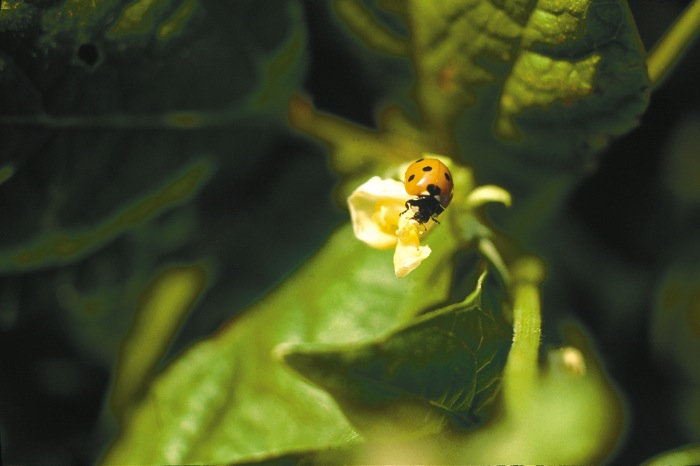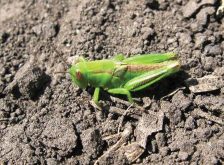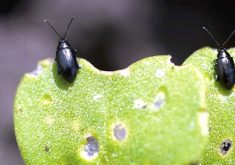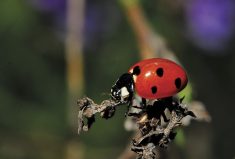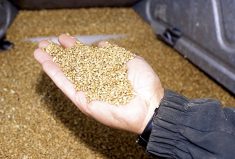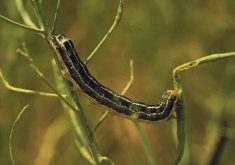Encouraging and protecting natural enemies can be an excellent way to control pest populations.
“Everybody is familiar with ladybugs and lacewings as voracious, pest-consuming beneficial insects,” said Dustin Morton, commercial horticulture specialist with the Alberta Ag-Info Centre. “But fewer are familiar with how natural enemies such as hover flies, ground beetles, and even yellow-jacket wasps contribute to a healthy integrated pest management (IPM) plan by reducing pest numbers.”
Using beneficial insects or natural enemy populations is based on three basic principles in agriculture: augmentation; classic biological control or importation; and conservation and enhancement.
Read Also

New crop insurer policy enables easier startup for faba beans
Agriculture Financial Services Corporation updated its normals for faba beans, which may open the door for more Canadian producers to feel comfortable growing the pulse crop in the future.
“Greenhouse producers are perhaps most familiar with the concept of augmentation where a crop is either inoculated with a natural enemy or inundated with it,” said Morton. “Beneficial insects that were reared in a lab or collected in a field are introduced to an area such as a greenhouse or field. While this technique is commonly used in greenhouse situations, it’s less applicable to field growers, as most beneficial insects used in this way aren’t typically capable of overwintering. Furthermore, they can be an expensive prospect for field growers given how mobile many of these insects tend to be.”
Classic biological control or importation generally involves looking at a pest’s native range, finding a natural enemy of it there and importing it into its adopted range.
“This type of biological control has historically been controversial as it often involves importing a foreign species that can itself potentially become a pest,” said Morton. “Given how risky this process can be, it’s generally not undertaken at the producer level.”
The final method, conservation and enhancement, is where most field growers will see a real benefit in their operation, he said.
“Most fields generally have much larger populations of beneficial insects than pests,” he said “However, these beneficial populations can be substantially reduced during the process of killing pests.”
One of the easiest ways to protect these beneficial insects is to avoid the use of pesticides that may harm them.
“Using selective pesticides, selective applications (that is, applying only to areas of concern) or timing applications to a time when beneficial insects are not active, such as early morning, can help reduce losses. Similarly, minimizing cultural practices like soil disturbance, burning, and timing irrigation better can also all go a long ways to making a field more hospitable to natural enemies.”
As with most topics, knowledge is power, said Morton.
“The more producers know about natural enemies, the better they can manipulate the environment to make it more inviting for them. By incorporating a few new techniques into their operation, growers can better protect these natural enemies and ensure a crop yield that reflects it.”

